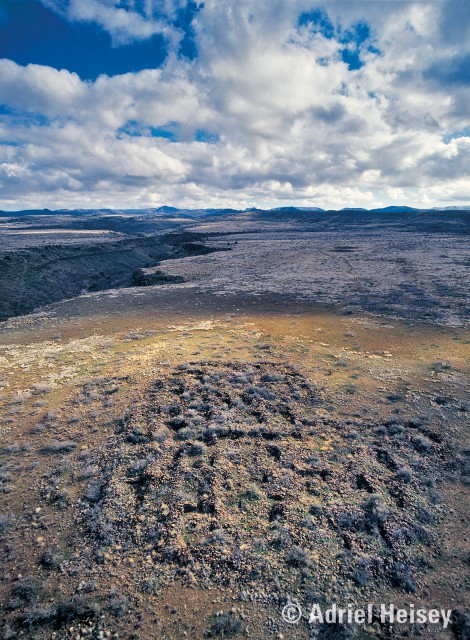Banner image by R. E. Burrillo
 Archaeology Southwest is a proud member of the Friends Grassroots Network, which undertakes advocacy on behalf of National Conservation Lands, including National Monuments and National Conservation Areas, Wilderness and Wilderness Study Areas, Wild and Scenic Rivers, and National Scenic and Historic Trails.
Archaeology Southwest is a proud member of the Friends Grassroots Network, which undertakes advocacy on behalf of National Conservation Lands, including National Monuments and National Conservation Areas, Wilderness and Wilderness Study Areas, Wild and Scenic Rivers, and National Scenic and Historic Trails.
About the Friends Grassroots Network
Conservation starts with community, and history has shown that places are best protected when there is a group of local citizen advocates to lead the effort. As members of the Friends Grassroots Network, we do critical, on-the-ground work to steward and protect the National Conservation Lands. We also use our collective voice as a national network to advance strong conservation management policies and practices. In 2014 the Friends Grassroots Network collectively raised over $2 million to support this work.
About The National Conservation Lands
Overview
The National Conservation Lands are 31 million acres of our most ecologically rich and culturally significant lands—open to all—managed by the Bureau of Land Management. These places, mostly large and pristine landscapes, are found throughout the West, Alaska, and even extend to the East Coast. America’s newest collection of protected public lands and waterways stands alongside our national parks and wildlife refuges as guardians of America’s heritage and drivers of the nation’s $646 billion outdoor recreation economy.
Freedom, Discovery & Beauty
The National Conservation Lands include National Monuments and National Conservation Areas, Wilderness and Wilderness Study Areas, Wild and Scenic Rivers, National Scenic and Historic Trails. These nationally significant lands embody freedom, discovery and unique outdoor experiences. The recreational and cultural opportunities afforded by the National Conservation Lands are unmatched—and they support the tourism and recreation economies of many rural Western communities.
The National Conservation Lands ensure our clean air and water, while protecting critical habitat for our wildlife. Most National Conservation Lands areas are open to hunting and fishing, and offer some of America’s best places for sportsmen to carry on outdoor traditions.
This collection of protected public lands also protects and preserves America’s sacred sites and cultural history. From ancient Pueblo cultures of 1,000 years ago to Spanish, Mexican, Native American and American settler histories from recent centuries, the National Conservation Lands represent a complete tour of the history of the American West. Our American military history is also preserved in places like California’s Fort Ord National Monument.
Threats
The lands, rivers and trails within the National Conservation Lands have been designated for protection, but they are also incredibly vulnerable. They face abuse from reckless oil and gas drilling and irresponsible off-road vehicle use. They are subject to looting, vandalism and neglect from underfunding. Working together we can reduce these threats with on-the-ground work, partnerships and advocacy.
Threats to these lands also come from Congressional attacks on the Antiquities Act—a bedrock conservation law that has been used by 16 Presidents—8 from each party—to protect our nation’s heritage. Many of our national monuments and national parks would not exist today if they had not been protected under the Antiquities Act.
